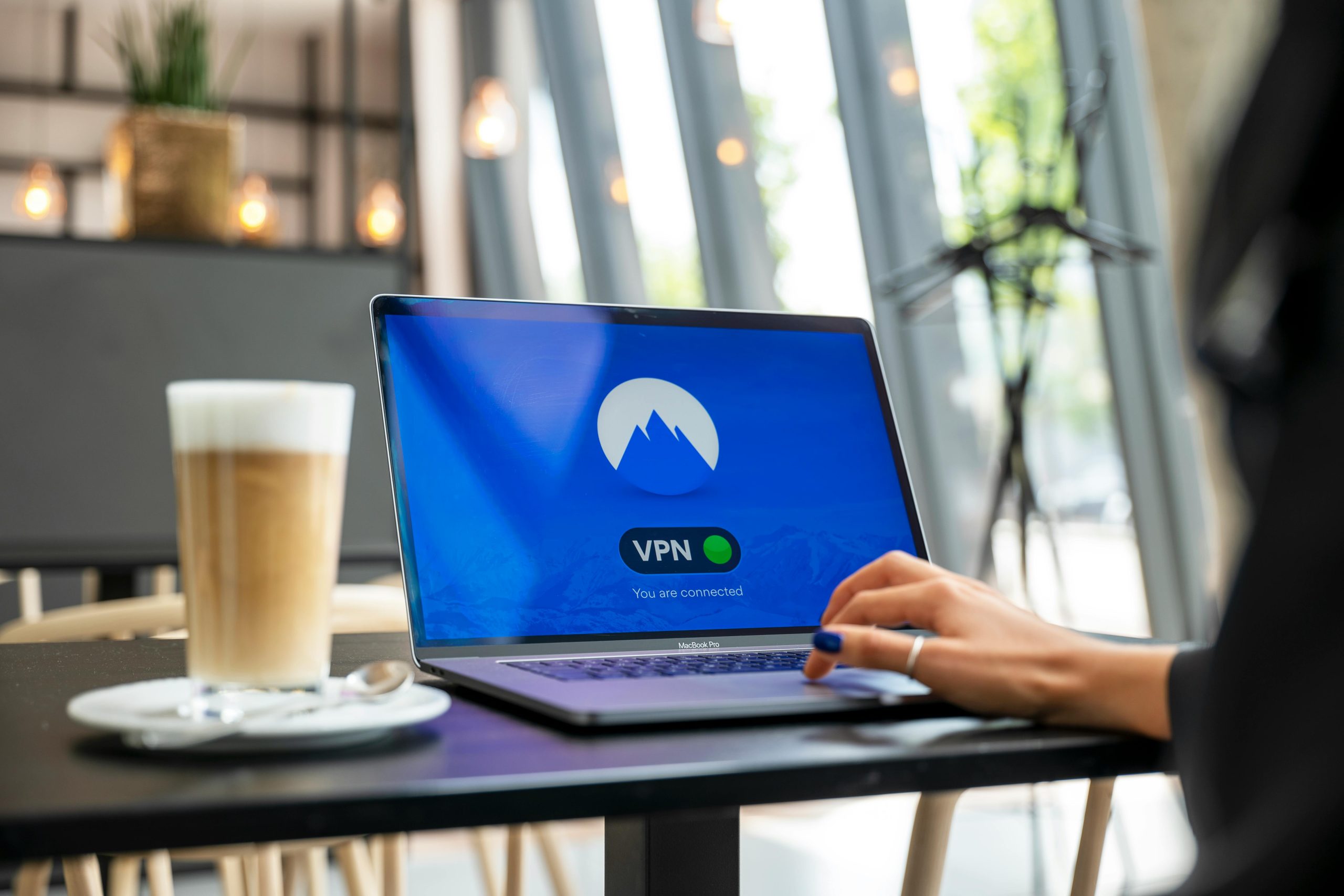Troubleshooting Windows 11 Installation from USB: Common Issues and Solutions
Many users encounter issues when attempting to install or run Windows 11 from a USB drive, often leading to confusing errors or unresponsive systems. If you’re facing similar problems—such as a laptop not booting properly after a USB installation attempt, or a desktop stuck in a continuous restart loop—this article aims to provide clarity and guidance on how to troubleshoot and resolve these common issues.
Understanding the Scenario
In typical cases, a user might prepare a Windows 11 installation USB from one computer and use it to install the OS on another device. While this process can work seamlessly, several challenges can arise:
- Errors during the boot process
- Systems entering into a perpetual restart cycle
- Hardware-specific compatibility issues
- Unexpected behavior, such as peripheral devices acting unpredictably
These problems can sometimes be compounded when multiple devices are involved, or when the installation media is not correctly prepared.
Common Issues and Their Causes
- Installation Errors on the Target Laptop
When attempting to boot from the USB on a laptop, error messages may appear during the Windows 11 loading process. These could be related to incompatible hardware, corrupted USB media, or incomplete installation files.
- Continuous Restart Loop on Desktop
After booting from the USB, some desktops may enter an endless cycle of restarting. This is often due to boot configuration issues, hardware conflicts, or corrupted installation media.
- Unusual Peripheral Behavior
For instance, plugging in a mouse might cause strange cursor movements or other unpredictable behaviors, possibly indicating driver conflicts or hardware issues stemming from the installation process.
Step-by-Step Troubleshooting Guide
1. Verify the Integrity of the USB Installation Media
- Ensure that the Windows 11 ISO file used to create the bootable USB is not corrupted.
- Use reliable tools such as Rufus or the Windows Media Creation Tool to prepare the USB.
- Re-create the bootable USB if necessary, using the latest version of the Media Creation Tool.
2. Check BIOS/UEFI Settings
- Access the system BIOS/UEFI during startup.
- Confirm that Secure Boot is disabled (or enabled based on your hardware requirements).
- Set the USB device as the primary boot device.
- Enable or disable Legacy Boot mode depending on your system’s compatibility.
3. Test the USB on Different Devices
- Attempt to boot another compatible machine from the same USB to verify if the
Share this content:



